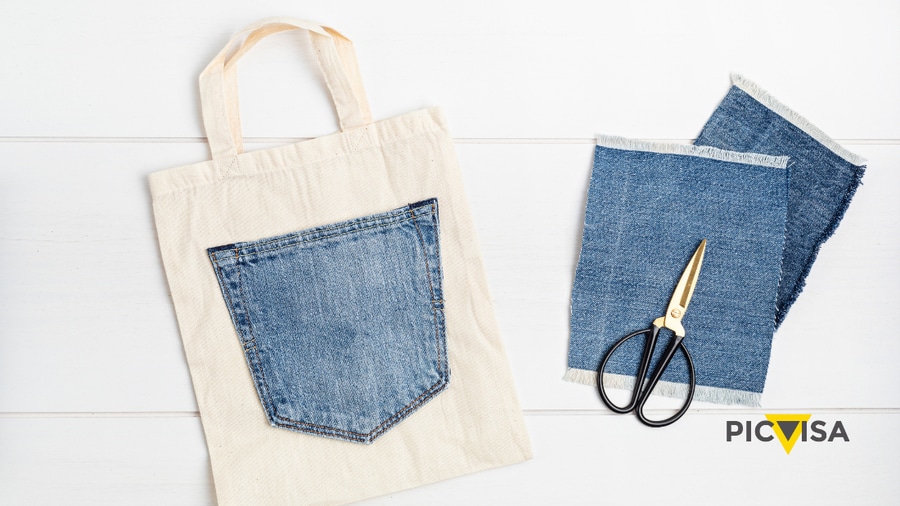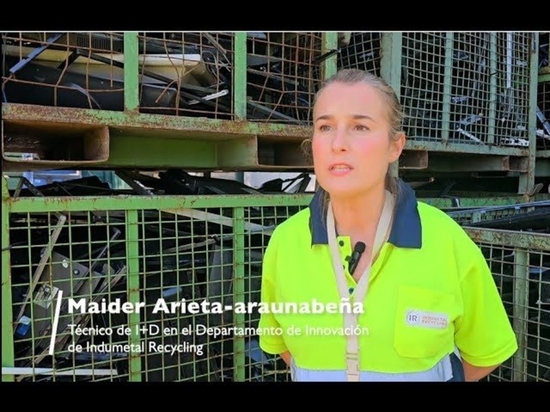
#Industry News
CHALLENGES AND ADVANCES IN GLASS AND TEXTILE RECYCLING: A MORE SUSTAINABLE PERSPECTIVE IN THE IMMEDIATE FUTURE
CHALLENGES AND ADVANCES IN GLASS AND TEXTILE RECYCLING: A MORE SUSTAINABLE PERSPECTIVE IN THE IMMEDIATE FUTURE
CHALLENGES AND ADVANCES IN GLASS AND TEXTILE RECYCLING: A MORE SUSTAINABLE PERSPECTIVE IN THE IMMEDIATE FUTURE
by Picvisa | Nov 27, 2023 | Glass recycling, Other materials recycling
The data from the European Environment Agency are telling: the amount of waste generated per person in the EU has been increasing over the last decade.
In this escalation of waste we generate, textile waste, driven by fast fashion and the increase in consumption of clothing with a very short life cycle, are at the forefront. This is closely followed by glass waste, whose percentage presence among MSW (Municipal Solid Waste) is increasing due to the ever more widespread use of glass packaging in the food and beverage industry.
Regarding glass, we face the paradox that consumers value this material’s packaging because it conveys a sense of “more natural and healthy content”, while on the other hand, its recovery and recycling require more costly and sophisticated processes than other materials.
The panorama in Europe is that, although the evolution of waste collection, sorting, and recycling is becoming more efficient day by day, the waste deposited in our city containers is also multiplying daily.
PACKAGING INDUSTRY INITIATIVES
In response to this paradigm, the packaging industry has launched various initiatives to facilitate the collection and recycling of glass. Programs such as the ‘Green Dot’, deployed in several European countries, promote shared responsibility between producers and consumers to ensure effective collection and efficient recycling of glass packaging.
The European Container Glass Federation (FEVE) highlights that glass is one of the few materials that can be recycled infinitely without losing quality or purity. This makes it an essential component for the development of a circular economy.
The industrial ecosystem surrounding glass packaging is investing in innovative technologies to improve collection, identification, and sorting systems, boost the energy efficiency of furnaces, and increase the use of recycled glass in the production of new packaging.
These glass industry initiatives are crucial, as according to FEVE data, approximately 74% of glass packaging is recycled in Europe, demonstrating a significant commitment to sustainability and recycling.
These measures, combined with plans to improve public urban waste collection systems, not only reduce the industry’s carbon footprint but also promote greater efficiency in resource use.
With the increase in the use of renewable energy and the optimization of production processes, the glass industry is positioning itself as a leader in sustainability within the packaging sector.
EFFORTS IN THE TEXTILE INDUSTRY TO REDUCE WASTE
The textile industry, for its part, is accelerating the adoption of more sustainable practices to reduce waste generation and facilitate recycling. Leading brands are already incorporating the concept of ‘upcycling’, for the transformation of used textiles into new products.
According to Sustainable Review, although textile recycling faces very specific demands due to the complexity of the materials and dyes involved, there are significant advances in this area.
The latest generation technologies for waste separation open the door to new possibilities for textile recycling, allowing more materials to be reused in the manufacture of new products.
Technologies like ECOSORT TEXTIL help accelerate fashion brands’ adoption of ‘ecodesign’, considering recycling from the moment a garment is conceived.
download the new ecoclip catalogue
The use of mono-fiber materials, which are easier to recycle, the implementation of return programs where consumers can return old clothing for recycling or reuse, and new business models, such as circular fashion, second-hand clothing, and clothing rental, promote a more prolonged and sustainable use of textiles. These initiatives not only seek to reduce the amount of waste generated but also to transform consumers’ relationship with fashion, fostering more conscious and sustainable consumption.
UPCYCLING: A STEP FURTHER IN THE CIRCULAR ECONOMY
In the textile sector, upcycling manifests in initiatives where fabric or garment waste is converted into new, higher-value products.
This approach brings a new impetus to innovation in design and production. A notable example is hotels transforming old sheets and towels into uniforms for their staff, demonstrating how the service sector can actively contribute to reducing the carbon footprint through upcycling.
In the glass industry, upcycling is seen in the creative reuse of bottles and other glass containers to create art objects, decorations, or even furniture.
Upcycling is a key strategy in transitioning to a more robust circular economy. By transforming waste into valuable resources, creativity and innovation are being stimulated in various sectors with a long-term perspective.
And although the long term is unpredictable, it can be imagined. At PICVISA, we have undertaken the exercise of asking some of the most popular Artificial Intelligence tools how they imagine a future in which glass and textile waste, through upcycling, become high-value resources. And this is what AI proposes:
Robots made with glass derived from recycled waste and spacecraft covered with cosmic radiation-resistant fabric made from recycled textile fibers. There’s no denying that AI clearly bets on upcycling.
INITIATIVES FOR A SUSTAINABLE FUTURE
Looking towards the future, it is evident that glass and textile recycling will continue to be a key pillar in the European sustainability strategy. Recycling initiatives, both at the regulatory and industrial levels, are paving the way towards a greener future and more conscious use and consumption.
At PICVISA, we are committed to this goal, offering advanced technologies that respond to current challenges and prepare the ground for tomorrow’s innovations





